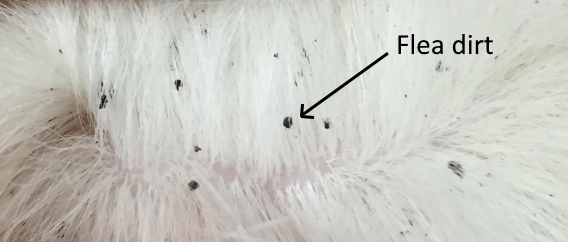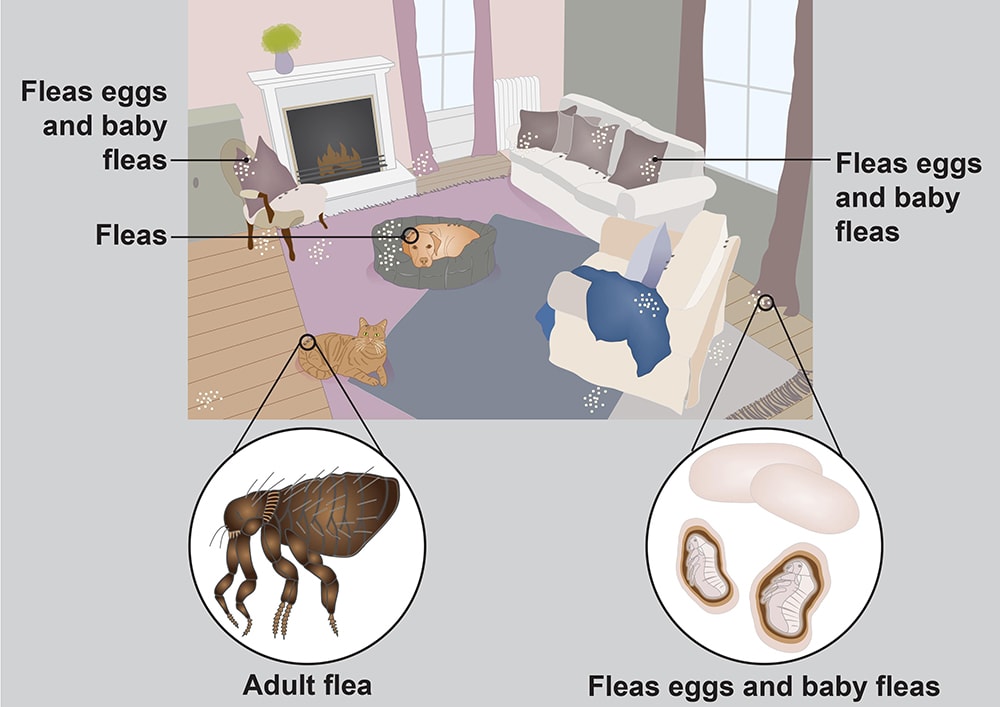Can I have flea treatment without seeing my vet?
Prescription flea treatments are only available if they are prescribed by a vet. If your dog is healthy and visits the vet regularly, your surgery may be happy to dispense a flea treatment without an appointment. Your vet surgery will need to know how much your dog weighs so they can provide the right treatment dose.
If your dog hasn't been examined for a while or you’ve tried a flea treatment from a pet shop or supermarket and it hasn’t worked, it might be best to book an appointment.
There are some flea treatments that are available without prescription. Some are categorised as ‘NFA-VPS’ meaning they can only be dispensed by a vet, pharmacist or Suitably Qualified Person and will usually be stored in a locked cupboard. These will tend to be better than products that you can pick from a shelf. If you buy a NFA-VPS product, it's likely that you will be asked the weight of your pet beforehand.


 Video found at youtu.be/0Hh24Tuc26A
Video found at youtu.be/0Hh24Tuc26A

 Video found at youtu.be/clRQBXw23gk
Video found at youtu.be/clRQBXw23gk

